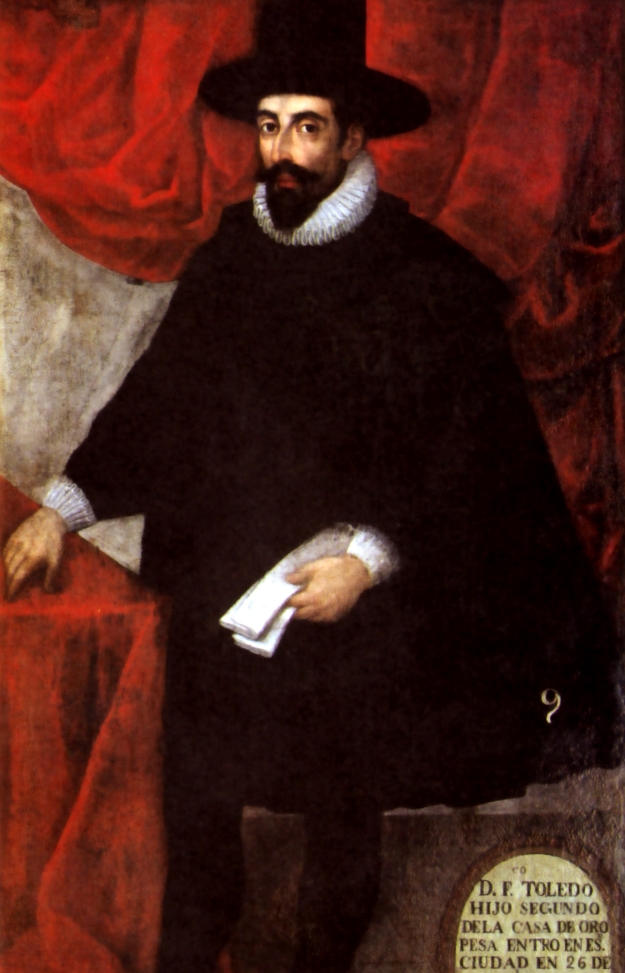 |
| Francisco de Toledo |
The most important reformer of Spanish administration in the newly conquered Andean highlands during the early colonial period, Francisco de Toledo, in his capacity as viceroy of Peru (1569–81), was instrumental in the transition from the violence and tumult of conquest to the emergence of a mature settler society.
Described by supporters and detractors alike as indefatigable, forceful, and ambitious, Toledo arrived in Peru just as the last of the civil wars among Spaniards were ebbing.
His most enduring accomplishment in his 12 years as viceroy was to strengthen and unify the colonial state under a grand design intended to consolidate Spanish rule and lay the foundations for continuing Spanish domination of the Andes and its native inhabitants.
  |
Distinguished Heritage
Born in Andalusia, Spain, around 1520, Toledo hailed from one of the country’s most distinguished noble families. After effectively serving Charles V and Philip II, he was selected as viceroy (supreme administrator and direct representative of the king) of the newly conquered territories of New Castile (Peru). One of his first acts as viceroy was to launch a bold five-year visita, or tour of inspection, of all the Andean dominions subjugated by Spain.
Accompanied by the pomp and majesty appropriate to his office, Toledo undertook a census of the entire colony; ordered the reducción (forced resettlement) of surviving Indian communities into Spanish-style towns under the rule of Spanish and native authorities; directed the collection of testimonies on the injustice and tyranny of Inca rule with the intention of ratifying the morality of the Spanish invasion and conquest; abolished the Inca system of mita labor in the Andean highlands and in its stead imposed a new and even more onerous system of obligatory native labor and tribute; reorganized and streamlined the territory’s bureaucracy and administration; revitalized the emergent mining economy, particularly the vast silver mines of Potosí and the mercury mines of Huancavelica; and issued a vast corpus of laws and decrees that effectively limited the autonomy of colonial officials, encomenderos, and other elites while linking their fortunes ever more tightly to the well-being of the colonial state.
Intolerant of dissent or sustained challenge to Spanish rule, he also directed the invasion and destruction of the neo-Inca state of Vilcabamba, hidden for decades in one of the remotest and most inaccessible corners of the eastern highlands.
His decision to execute by beheading the kingdom’s captured ruler, Tupac Amaru, a sentence carried out on September 24, 1572, in Cuzco, remains among his most controversial actions, even prompting a mild rebuke from King Philip, who declared in a letter to Toledo that “some things about the execution would have been better omitted.”
All of these and related measures, commonly referred to as the Toledo reforms, had the effect of centralizing and strengthening the colonial state and laying the groundwork for a mature colonial economy and society that for the next two and a half centuries would ensure Spanish domination and funnel untold riches into Spain, thus marking Toledo as one of the most important actors in all of Peruvian history. In 1581, at the conclusion of his tenure as viceroy, Toledo returned to Spain. He died in Seville three years later.